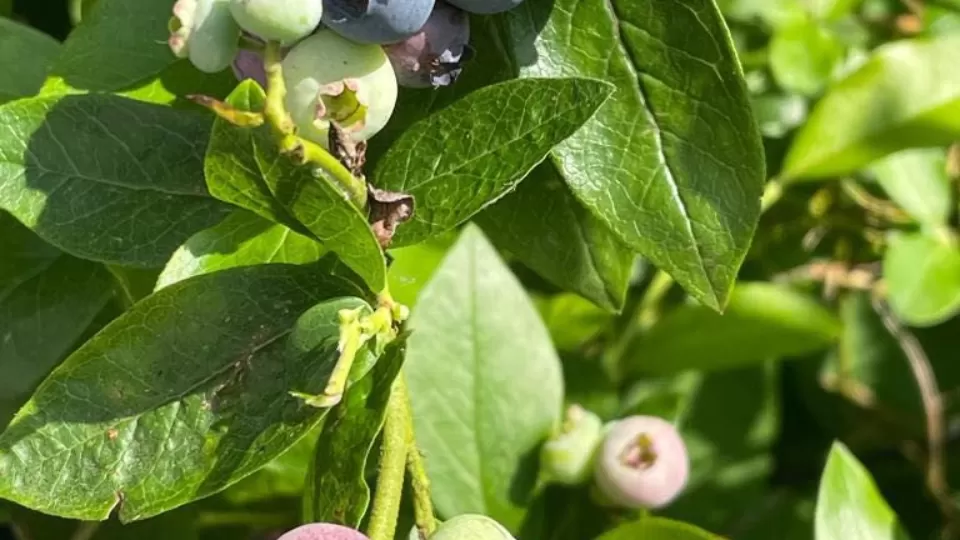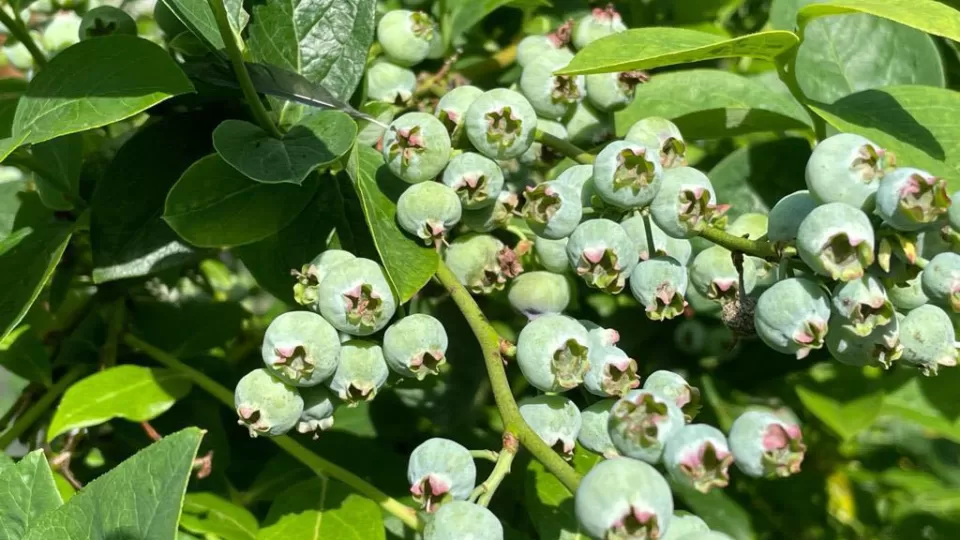How to get your fruit to flourish this summer
Nothing beats fresh home-grown fruit straight from the garden. Growing fruit has so many benefits, not only is garden produce packed with vitamins, being outdoors whilst you sow and tend to your crops is also great for both your physical and mental health! Anyone can grow their own – regardless of how much space or experience you have. Here are some top tips from Irrigatia’s very own George, on how to get your fruit to flourish this summer:
1. Don’t limit yourself
Often beginners feel limited with what they can grow, but they shouldn’t as there’s a whole array of fruit trees and plants that are low maintenance and require minimal growing experience. Gooseberries, blackberries and apples are all great to begin with.
Most bush fruits (gooseberries, black and red currants) are easy to grow and produce lots of fruit, foliage and offspring. As everything comes more or less at once, be prepared for a preserving session such as freezing, jamming, bottling or making fresh fruit ices. Figs are also super simple to grow, and you can restrict their roots by using containers to get the best crop.
2. Caring for blueberries
Blueberries can be grown in a large pot or raised bed filled with a mixture of ericaceous compost and bark. With regular watering and rainfall, after two to three years, you’re sure to expect a good crop over a longer season than most fruit. When grown in this way – they’re surprisingly easy to look after.

3. Strawberry top tip
I would particularly recommend starting with strawberries as they’re easy to care for. All they need is plenty of sunlight and well-drained soil. Strawberries are very quick to fruit if frozen runners are used. A strawberry plants season is short, but you can extend the it by keeping some frozen and planting at intervals. They’re easily grown using a vertical growing system - so great for gardeners with small spaces
4. Pest control
Pests can pose a real problem for gardeners and annoyingly damage the development of fruit. I would suggest making a physical barrier between plants and pests, using either netting or fleece. Always make sure your fruit is pollinated and swelling before covering.
Gardeners should also encourage the presence of beneficial aphid predators such as Ladybirds, beetles, hoverflies, wasps and earwigs. This can be done through growing early blooming flowers with pollen and nectar.

5. Prepare your soil well
Soil should always contain a wide variety of organic nutrients, such as compost or peat moss. Adding a good four inches of organic mulch to your soil can prevent weeds and also conserve water. Various fruits require different soil acidity levels – so making sure your soil has the correct PH level is really important.
On a scale of 1 to 14 most soils come between 4.5 and 8. The lower the number, the more acidic the soil is. Ericaceous plants such as heather, azaleas and blueberries prefer a pH no more than 5.5, brassicas such as cabbage and cauliflower, no less than 7. To ensure successful growing, test your soil before planting a new bed of fruit.
6. Pruning
Pruning is an essential step to get the most out of your fruit. By removing dead and dying branches, this allows room for new growth and can assist in the battle against pests. Whilst pruning is vital during the dormant period (November – March), it’s just as essential for summer fruit trees - in particular to remove unwanted growth. Pruning needs to be kept on top of, as soon as you see any dead or dying branches be quick to get rid!

7. Watering
Regular watering is the single most important step to get your fruit to flourish. Watering will help new fruit trees and plants establish. Fruit contains a huge amount of water – so dehydration can cause plants to deteriorate rapidly. Installing a drip Irrigation system is an easy way to ensure your fruit gets the precise amount of water it needs.
Irrigatia systems automatically adjust to the weather. On sunnier days, they water for longer and use recycled rainwater to hydrate plants – ensuring your growing journey can be as eco-friendly as possible. Learn more about how our kits work.
If you’d like to hear more growing inspiration, visit our social media channels to learn more of our gardening tips and tricks.
